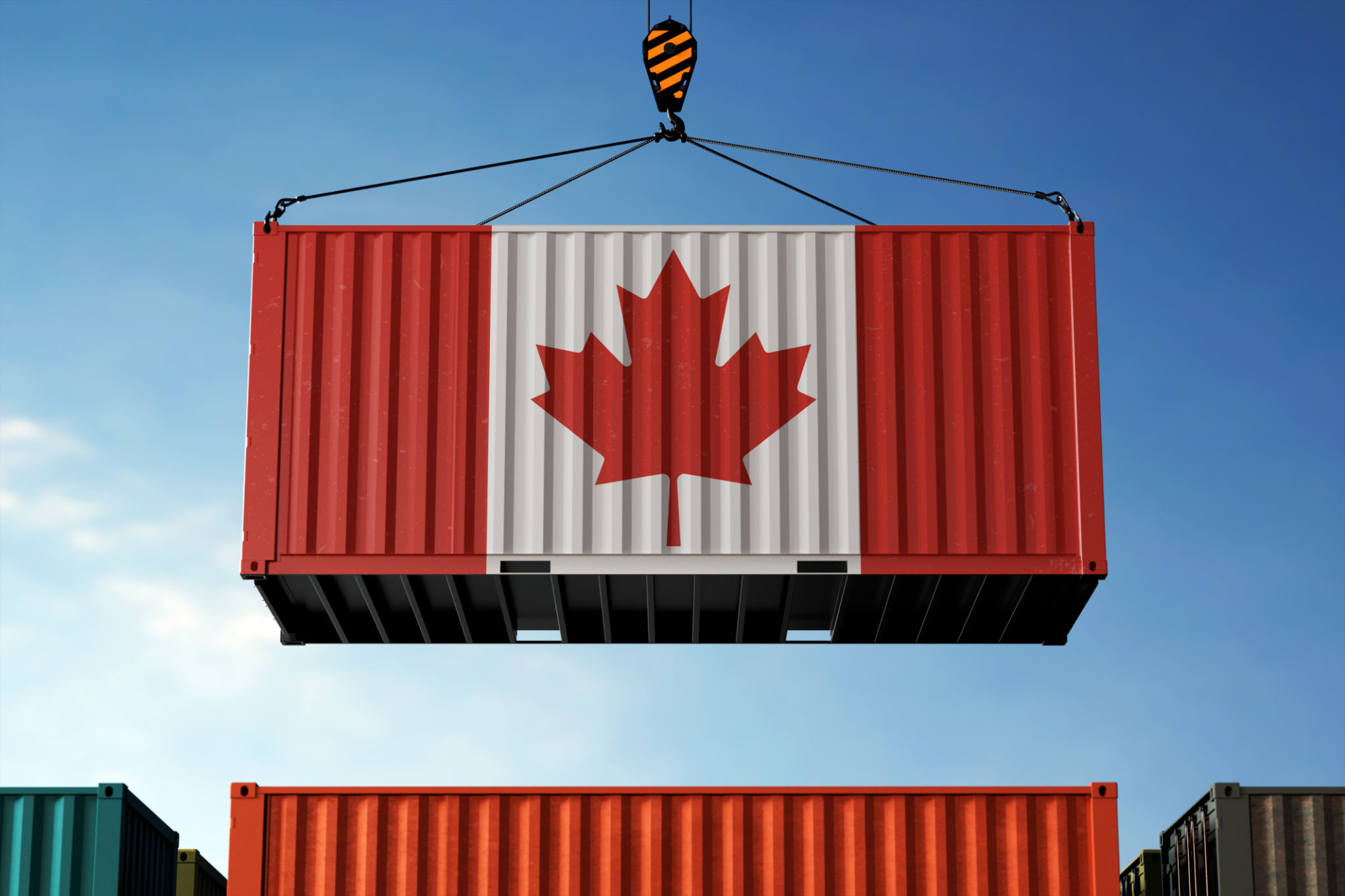From Ports to Warehouse: Efficient Transloading Techniques
Introduction to Transloading
In the world of logistics and supply chain management, transloading has emerged as a vital process for enhancing efficiency. By transferring goods from one mode of transportation to another, transloading helps in optimizing the supply chain, reducing costs, and improving delivery times. This blog post delves into the most efficient transloading techniques, from ports to warehouses, that businesses can adopt to streamline their operations.

The Importance of Choosing the Right Location
Location is a key factor in transloading operations. Selecting strategic locations close to major ports and transportation hubs can significantly reduce transportation time and costs. Businesses should consider proximity to highways, railways, and major distribution centers when choosing a transloading location. This ensures seamless integration with the rest of the supply chain and minimizes any potential delays.
Proximity to Ports
Having transloading facilities near ports allows for faster unloading of goods from ships. This proximity not only reduces transit time but also minimizes storage costs at the port. Additionally, it offers flexibility in choosing different transportation modes such as truck, rail, or air, depending on the urgency and nature of the shipment.

Utilizing Advanced Technology
Technological advancements play a crucial role in enhancing transloading efficiency. Implementing systems such as automated tracking and inventory management software ensures real-time visibility over shipments. This data-driven approach allows businesses to make informed decisions, manage inventory more effectively, and improve overall operational efficiency.
Automated Systems
Automation in transloading processes can significantly reduce manual labor and human error. Automated handling equipment such as cranes and forklifts can speed up the loading and unloading processes. Similarly, using automated data entry systems ensures accurate record-keeping and reduces paperwork.

Optimizing Load Management
Effective load management is essential for maximizing the benefits of transloading. Proper planning of cargo loading and unloading not only speeds up the process but also ensures the safety of goods. Businesses need to develop strategies for load optimization to make the most out of their transloading operations.
Efficient Packing Techniques
Using efficient packing techniques helps in maximizing space utilization and reducing the number of shipments required. Implementing practices such as pallet stacking, shrink wrapping, and using containers that are designed for multimodal transport can lead to significant cost savings.
Sustainability in Transloading
Sustainability is increasingly becoming a focal point in logistics operations. By adopting eco-friendly transloading practices, businesses can reduce their carbon footprint and contribute to environmental conservation. Strategies such as optimizing routes, reducing idle time, and using energy-efficient equipment are integral to sustainable transloading operations.
In conclusion, efficient transloading techniques are crucial for businesses looking to enhance their supply chain operations. By focusing on strategic location selection, leveraging advanced technology, optimizing load management, and prioritizing sustainability, companies can achieve significant improvements in efficiency and cost-effectiveness.
